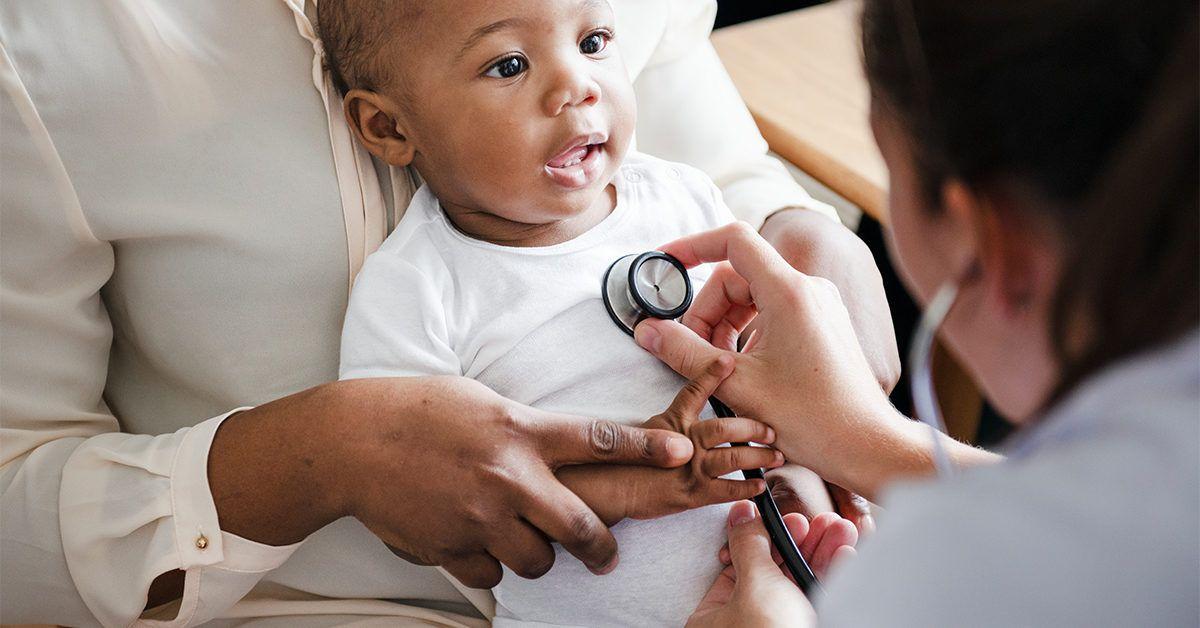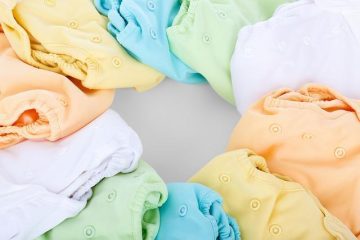As parents, we strive to keep our little ones comfortable and happy at all times. However, when it comes to diaper rash caused by yeast infections, the task of ensuring our baby’s well-being can become a bit more challenging. Understanding the intricacies of diaper yeast infections in babies is crucial in addressing this common yet bothersome issue. In this article, we delve into the world of diaper yeast infections, exploring causes, symptoms, treatments, and preventive measures to help you navigate this delicate terrain with confidence and care. Let’s unravel the mysteries behind diaper yeast infections in babies together.
Table of Contents
- Understanding Diaper Yeast Infection in Babies
- Effective Home Remedies for Diaper Yeast Infections
- Preventing Diaper Yeast Infections in Babies
- Consulting a Pediatrician for Severe Diaper Yeast Infections
- Q&A
- Insights and Conclusions
Understanding Diaper Yeast Infection in Babies
Dealing with diaper yeast infection in babies can be a challenging and discomforting experience for both parents and little ones. This common condition, caused by the Candida fungus, requires careful attention and proper treatment to ensure quick relief and prevent recurrence.
**Symptoms**
- Rash with raised edges
- Red, irritated skin
- Pustules or papules
| Preventive Measures | Treatment Options |
|---|---|
| Change diapers frequently | Antifungal creams |
| Use breathable diaper materials | Probiotic ointments |
| Avoid tight diapers | Consult a pediatrician |


Effective Home Remedies for Diaper Yeast Infections
Dealing with diaper yeast infections in babies can be a challenging ordeal for parents, but there are effective home remedies that can help alleviate the discomfort and promote healing. **Natural remedies** offer a gentle yet powerful approach to combating yeast infections without the need for harsh chemicals.
One popular remedy is **coconut oil**, known for its antifungal properties. Applying a thin layer of coconut oil to the affected area can help soothe the skin and create a barrier against moisture, which can worsen the infection. Additionally, **probiotic** yogurt can aid in restoring the balance of good bacteria on the skin, helping to fight off the yeast overgrowth. Introducing diaper-free time and using **gentle, fragrance-free baby wipes** can also assist in keeping the area dry and clean, aiding in the healing process.


Preventing Diaper Yeast Infections in Babies
Yeast infections in babies can be uncomfortable and concerning for parents. To prevent diaper yeast infections, it’s essential to follow proper hygiene practices and take proactive steps to keep your little one’s skin healthy. Here are some tips to help you safeguard your baby from this common issue:
- Change diapers frequently to ensure dryness.
- Use gentle, fragrance-free wipes to clean the diaper area.
- Avoid using talcum powder as it can create a moist environment ideal for yeast growth.
Moreover, incorporating breathable, natural fiber diapers and giving your baby some diaper-free time can also aid in preventing yeast infections. Remember, maintaining a clean and dry diaper area is key to keeping yeast at bay and ensuring your baby’s comfort and well-being. Taking these precautions can help minimize the occurrence of diaper yeast infections and keep your baby happy and healthy.

Consulting a Pediatrician for Severe Diaper Yeast Infections
If you notice persistent redness, irritation, and a pungent smell in your baby’s diaper area, it might be a sign of a severe yeast infection. It’s crucial to consult a pediatrician promptly to address the issue effectively.
During your visit, the pediatrician will assess the severity of the diaper yeast infection and recommend appropriate treatment options. Common treatments may include antifungal creams, oral medications, and necessary hygiene practices to prevent recurrence.
Q&A
Q: What is a diaper yeast infection, and why does it occur in babies?
A: A diaper yeast infection is a common fungal infection that affects babies’ bottoms, typically caused by the Candida fungus thriving in the warm, moist environment created by wearing diapers.
Q: How can parents distinguish between a regular diaper rash and a yeast infection?
A: Unlike a typical diaper rash, a yeast infection often presents with bright red spots, raised edges, and might have a shiny, slightly raised appearance. It may also be resistant to traditional diaper rash treatments.
Q: What are some effective ways to treat and prevent diaper yeast infections in babies?
A: Treatment usually involves using antifungal creams prescribed by a pediatrician. To prevent future occurrences, keeping the diaper area clean and dry, changing diapers frequently, and allowing some diaper-free time can all help.
Q: Are there any natural remedies that can help soothe diaper yeast infections in babies?
A: Natural remedies such as coconut oil, probiotic cream, and baking soda baths may provide some relief, but it’s important to consult with a healthcare professional before trying any alternative treatments.
Q: Can diaper yeast infections in babies be a sign of an underlying health issue?
A: While diaper yeast infections are common and usually not a cause for concern, recurrent or severe infections could potentially indicate an underlying health condition, so it’s advisable to seek guidance from a healthcare provider.
Insights and Conclusions
As you navigate the world of parenting, being equipped with knowledge about diaper yeast infections in babies is crucial. Remember, early detection and proper treatment are key to ensuring your little one’s comfort and health. By staying informed and proactive, you can effectively manage and prevent these common issues. Your baby’s well-being is paramount, and your attentiveness and care make all the difference. Here’s to happy, healthy diaper days ahead for both you and your precious bundle of joy. Stay informed, stay vigilant, and cherish every moment of this incredible journey called parenthood.




0 Comments